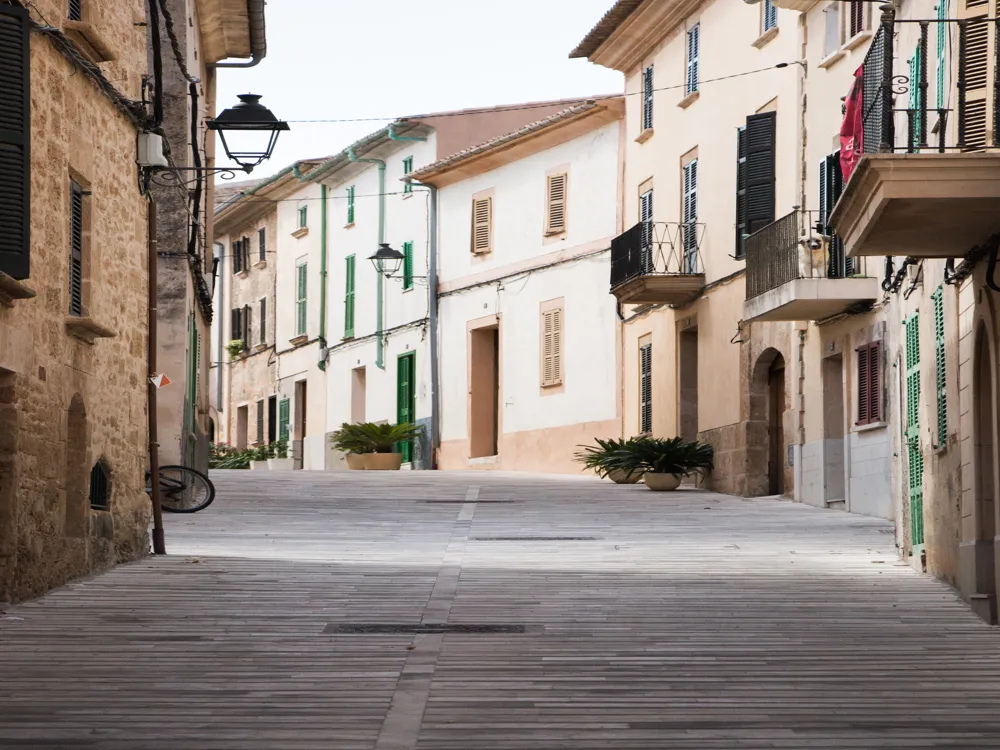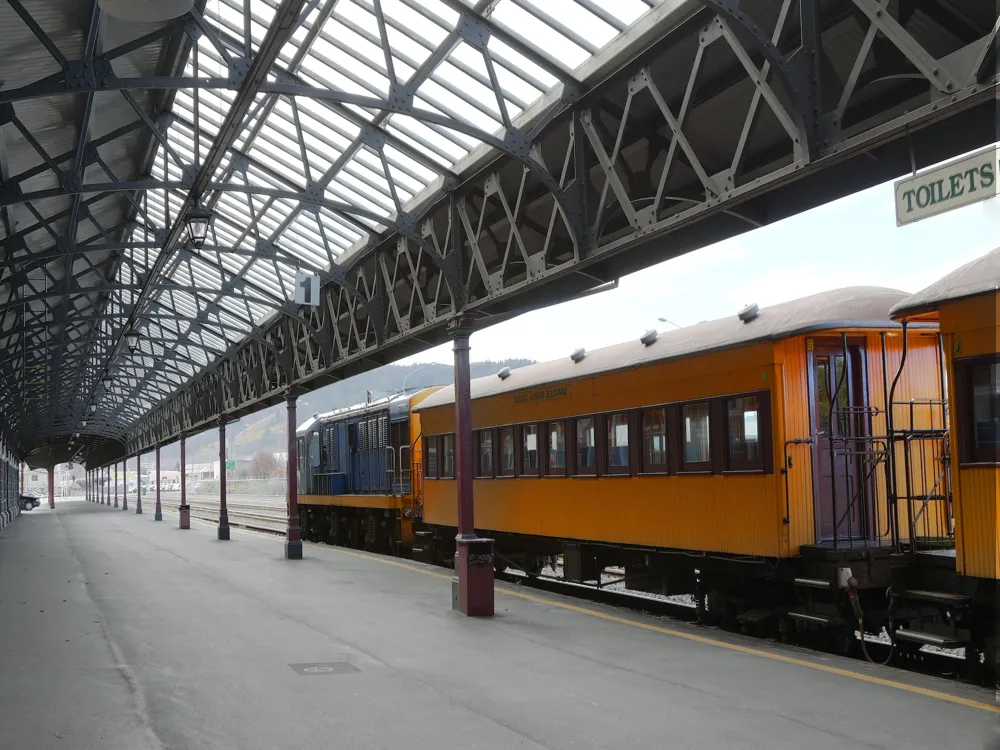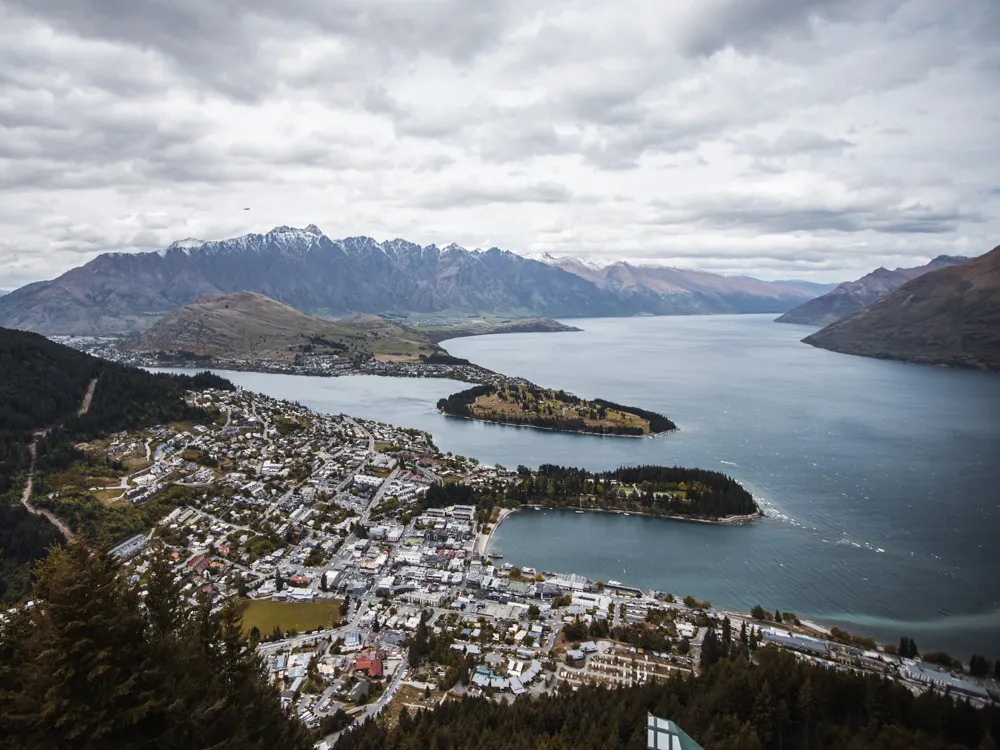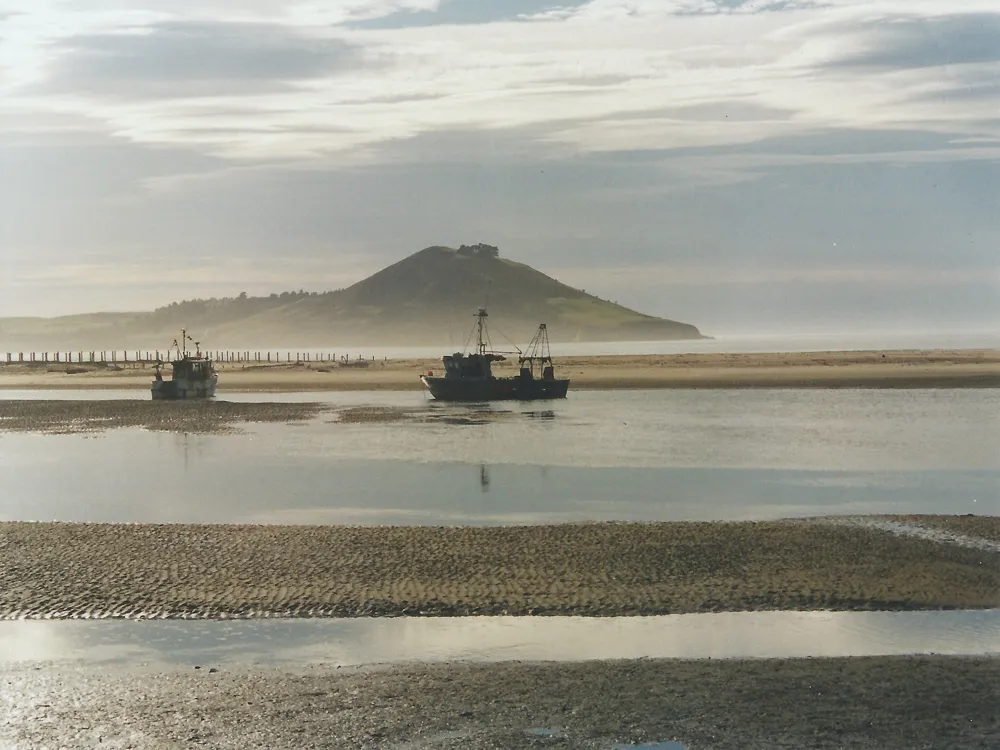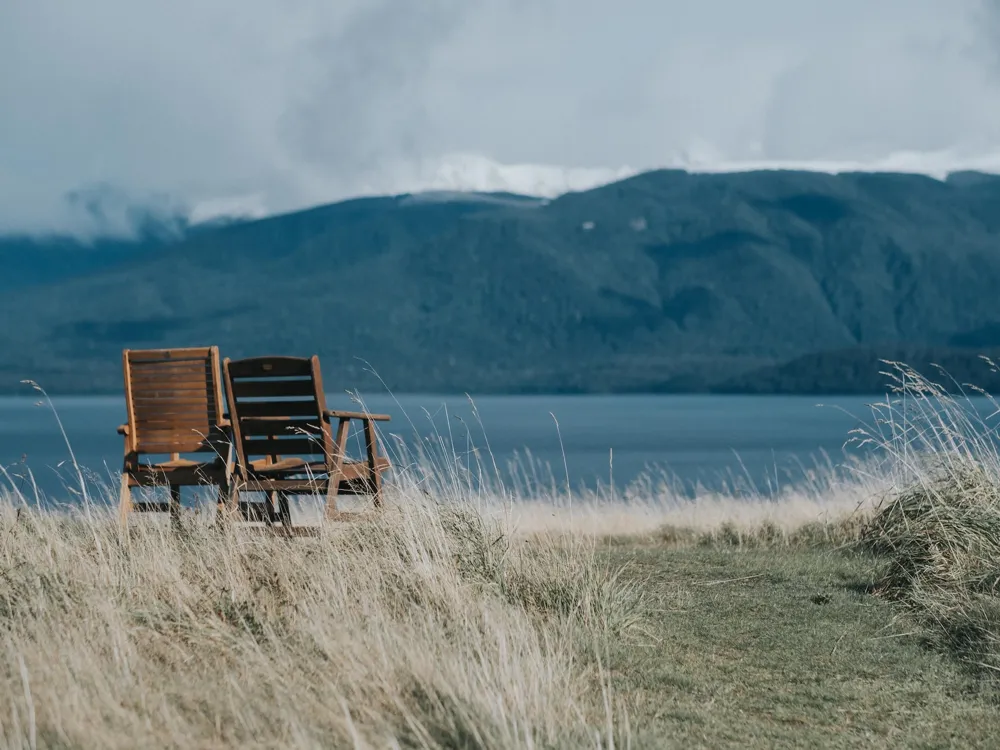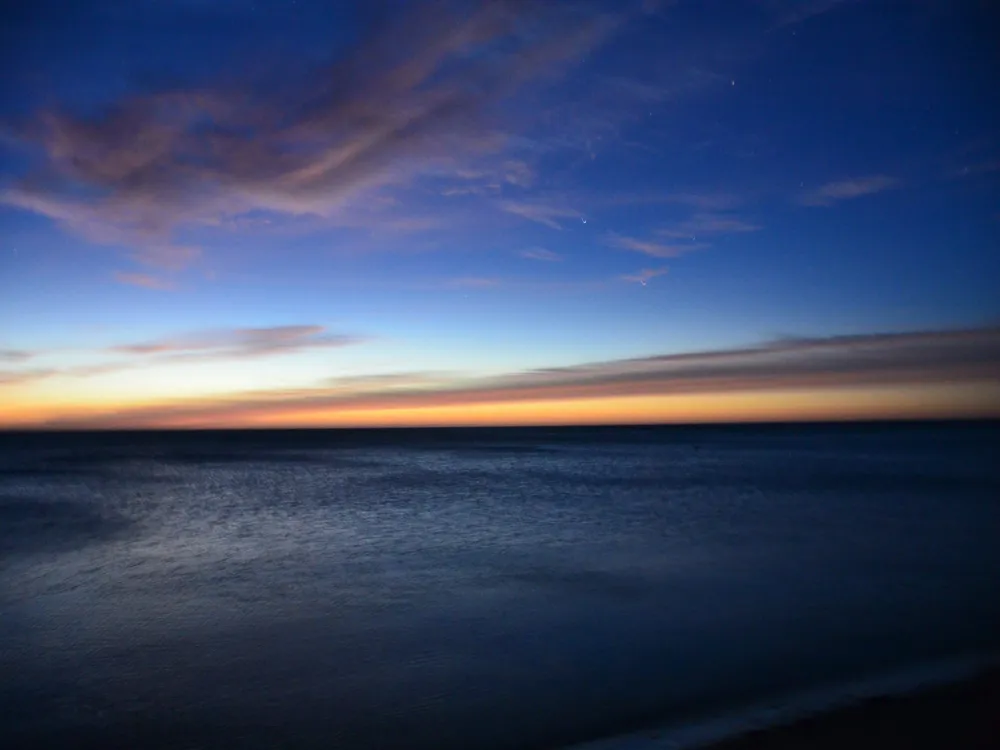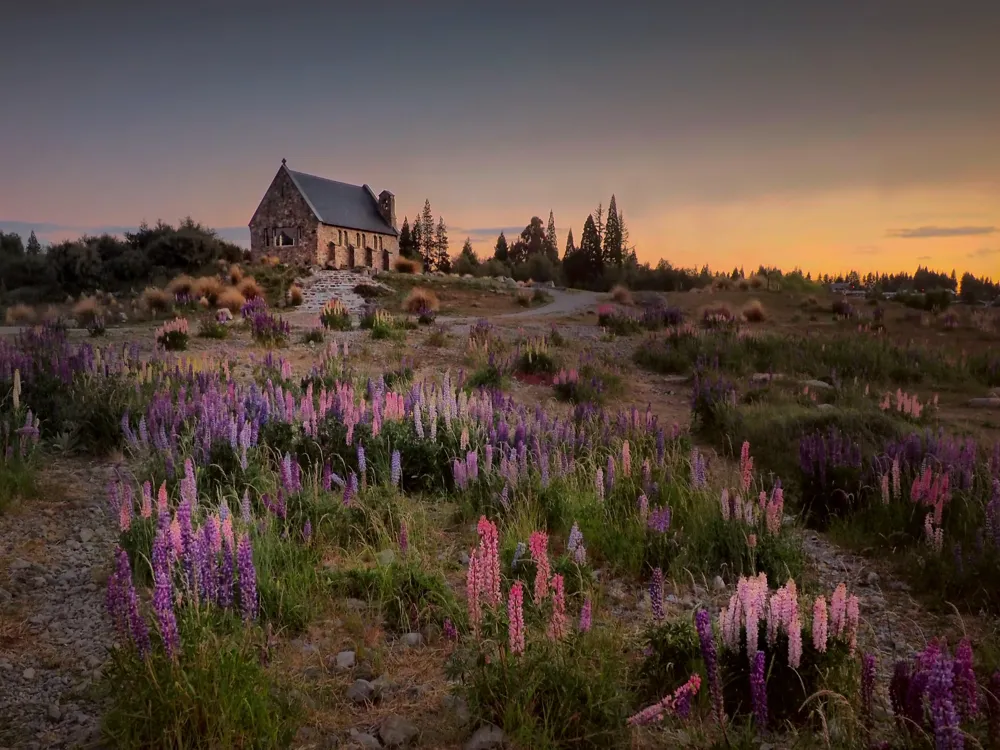Dunedin Railway Station, a jewel in the crown of Dunedin, New Zealand, stands as a remarkable piece of architecture and a testament to the city's rich history. Opened in 1906, the station is renowned for its distinctive Renaissance Revival style, which has made it one of New Zealand's most photographed buildings. Its grandeur and opulence reflect the economic prosperity of Dunedin in the early 20th century, primarily driven by the Otago Gold Rush.
The station's design, by architect George Troup, presents a unique blend of ornate Flemish and Victorian motifs. The station is adorned with light Oamaru limestone facings on dark basalt rock, creating a stunning visual contrast. Its layout, featuring a long, narrow platform, was designed to accommodate the significant number of passengers during its peak operational years. The station's interior is equally impressive, with its mosaic floors made of Royal Doulton porcelain, a grand booking hall, and stained-glass windows, which add to the overall majestic experience of visiting the station.
Throughout its history, Dunedin Railway Station has played a pivotal role in shaping the region's transportation and economic landscape. It was once the busiest station in New Zealand, handling up to 100 trains a day. While the station's importance in regular passenger transport has diminished over the years, it remains a significant cultural and historical landmark, attracting tourists and rail enthusiasts from around the world. Today, it serves as a departure point for scenic rail tours, notably the Taieri Gorge Railway, offering breathtaking journeys through some of New Zealand's most stunning landscapes.
The station is not just a transport hub but also a cultural venue. It hosts various events, including art exhibitions and a weekly farmers' market, showcasing local produce and crafts. This integration of transport and cultural functions makes the station a vibrant and dynamic place in Dunedin's urban landscape.
In summary, Dunedin Railway Station is not just a building but a living piece of history, reflecting the city's past and evolving with its future. Its architectural brilliance, historical significance, and multifunctional use make it a must-visit destination for anyone traveling to Dunedin.
The architecture of Dunedin Railway Station is a spectacle of grandeur and a symbol of Dunedin's golden era. Designed by George Troup, nicknamed 'Gingerbread George' for his ornate style, the station is a stunning example of Flemish Renaissance architecture, a rarity in the Southern Hemisphere. The building's design harmoniously combines functionality with aesthetic appeal, making it a masterpiece of railway architecture.
The station's exterior is a marvel, with its distinctive stepped gable, peppered with small attic windows, giving it a fairy-tale appearance. The use of dark basalt and light Oamaru limestone in a striped pattern creates a striking visual effect, while the tiled roof complements the building's overall look. The station's most notable feature is its clock tower, which stands tall, not just as a functional element, but as a symbol of the city's historical relationship with time and travel.
Inside, the station continues to impress with its luxurious and well-thought-out design. The main booking hall is a testament to Edwardian opulence, with its Royal Doulton porcelain tiled floor, laid out in a detailed mosaic pattern. The tiles, imported from England, depict various locomotives and rail-related scenes, paying homage to the railway's significance. The booking hall's stained glass windows and wrought iron work add to the elegance, creating a sense of awe among visitors.
The station's architectural brilliance extends to its functionality. The long, narrow platform was designed to accommodate the large number of passengers during the station's heyday. The layout of the tracks and the platform was meticulously planned to ensure efficient movement of trains and passengers. Despite changes over the years, the station has retained much of its original layout and design features, making it a living museum of railway architecture.
Dunedin Railway Station's architecture is not just about its physical beauty but also about the stories it tells. Every element, from the intricate brickwork to the grand windows, speaks of a time when the railway was the lifeline of the nation. The station stands as a proud reminder of Dunedin's past and an emblem of architectural excellence, continuing to fascinate architects, historians, and visitors alike.
The best time to visit Dunedin Railway Station is during the spring and summer months (September to February) when the weather is pleasant, ideal for exploring the architecture and the surroundings.
Consider taking a guided tour to fully appreciate the station's history and architectural details. These tours often provide insights not immediately apparent to the casual observer.
For photography enthusiasts, early morning or late afternoon offers the best light for capturing the station's façade. The intricate details of the interior, especially the stained-glass windows, are best photographed in natural light.
Check the local event schedule. The station hosts various events throughout the year, including art exhibitions and a weekly farmers' market, which are great for experiencing local culture.
Don't miss the scenic rail tours, such as the Taieri Gorge Railway. These tours offer a unique way to experience the beautiful landscapes surrounding Dunedin.
Dunedin Railway Station is centrally located and easily accessible by various modes of transport. For those staying in Dunedin, the station is within walking distance from many central hotels and attractions. Public buses serve routes that pass near the station, making it convenient for those traveling from different parts of the city. For visitors coming from outside Dunedin, the station is a short taxi or shuttle ride from Dunedin Airport. There are also ample parking facilities nearby for those who prefer to drive.
Overview of Dunedin Railway Station
Architecture of Dunedin Railway Station
Tips When Visiting Dunedin Railway Station
Best Time to Visit
Guided Tours
Photography Tips
Local Events
Rail Tours
How To Reach Dunedin Railway Station
Dunedin Railway Station
Dunedin
₹ 142,000 onwards
View dunedin Packages
Dunedin Travel Packages
View All Packages For Dunedin
Top Hotel Collections for Dunedin

Private Pool

Luxury Hotels

5-Star Hotels

Pet Friendly
Top Hotels Near Dunedin
Other Top Ranking Places In Dunedin
View All Places To Visit In dunedin
View dunedin Packages
Dunedin Travel Packages
View All Packages For Dunedin
Top Hotel Collections for Dunedin

Private Pool

Luxury Hotels

5-Star Hotels

Pet Friendly







